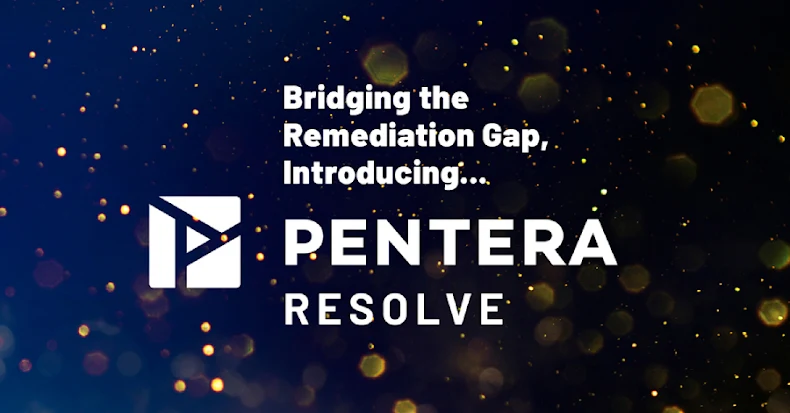
From detection to resolution: why the gap persists
A critical vulnerability has been identified in a public cloud asset. Within hours, five different tools surface the issue in their own way, each with different severity levels, metadata, and context: vulnerability scanner, XDR, CSPM, SIEM, and CMDB.
What is missing is a behavioral system. How do you move from detecting and identifying security issues to remediating and resolving them?
The Continuous Threat Exposure Management (CTEM) framework was introduced to help organizations meet this challenge, requiring a repeatable approach to scoping, discovery, validation, and ultimately mobilizing remediation efforts. The goal is not just to identify risks, but to address them continuously and at scale.
In most environments, that mobilization occurs, but it relies on manual processes. Research results remain fragmented across tools, each with its own format, language, and logic. Responsibility for integrating, correlating, prioritizing, and assigning remediation tasks often falls on already stretched security operations teams. And when a fix is finally applied, there is often no mechanism to verify that the action was effective.
What we’ve seen with over 1,200 customers is that existing processes aren’t built to handle the thousands of alerts that enterprise security teams deal with each week. Security and operations teams are not set up for success here.
This disconnect between identifying risks and resolving them efficiently and reliably is the remediation gap. It’s not a visibility issue. It is operational.
Pentera Resolve: Operationalize verified risks
As a leader in security validation, Penera is always focused on helping organizations understand which vulnerabilities really matter. By safely emulating real-world attacks, we not only identify what is potentially being exposed, but also how those exposures can be exploited within the context of the environment.
Now, we are extending that leadership by bridging security validation and automated remediation operations, bridging the gap between insight and action. Alerts alone do not reduce risk. Their value depends entirely on the organization’s ability to act on them. Just because you have 10 duplicate reports sitting unread on your dashboard doesn’t mean you’re any safer. That’s how the action works.
Introducing Penterra Resolve. Our new product changes what organizations expect from security verification platforms, natively integrating remediation workflows into the verification lifecycle.
Pentera Resolve automates remediation workflows by turning validated results into structured tasks and routing them directly to teams responsible for remediation. Security teams no longer need to sift through multiple reports, track asset owners, or track remediation progress across disconnected dashboards. Pentera Resolve removes friction with streamlined processes built into the systems your organization already uses.
Leverage AI to automate triage, prioritization, and ownership assignment. Each validated issue is enriched with business and asset context and delivered to platforms like ServiceNow, Jira, and Slack. Each ticket is tracked and cataloged to ensure audit-ready proof of remediation. This creates a system of record for remediation, allowing security, IT, and compliance teams to see shared and verifiable progress within the tools they already use. As the platform evolves, Pentera Resolve supports triggering retests to determine whether the original validated risk has been fully addressed.
The result is faster, simpler and more responsible repairs. All issues are tied to real-world exploitability, verified after resolution, and fully measurable from start to finish.
This level of operational integration supports a much broader range of things. Don’t just fix what you find. This is intended to enable security programs to perform remediation as a continuous and coordinated part of enterprise risk management.
From assessment to resolution: an integrated platform
Security teams no longer spend time converting findings into tickets. IT and DevOps teams no longer have to guess which exposures to prioritize. Everyone works from the same verified source of truth, within the systems they already use.
This isn’t just about tools. It’s about changing the way we work, reducing the gap, having clearer ownership and full responsibility from start to finish.
Exposure without action is just noise. Pentera Resolve focuses on repair. It’s measurable, repeatable, and fully integrated into how your team already operates.
Verify. Repair. repeat.
That’s a loop. And now I can run without any gaps.
Note: This article was written by Dr. Arik Liberzon, Founder and Chief Technology Officer of Pentera.
Source link

